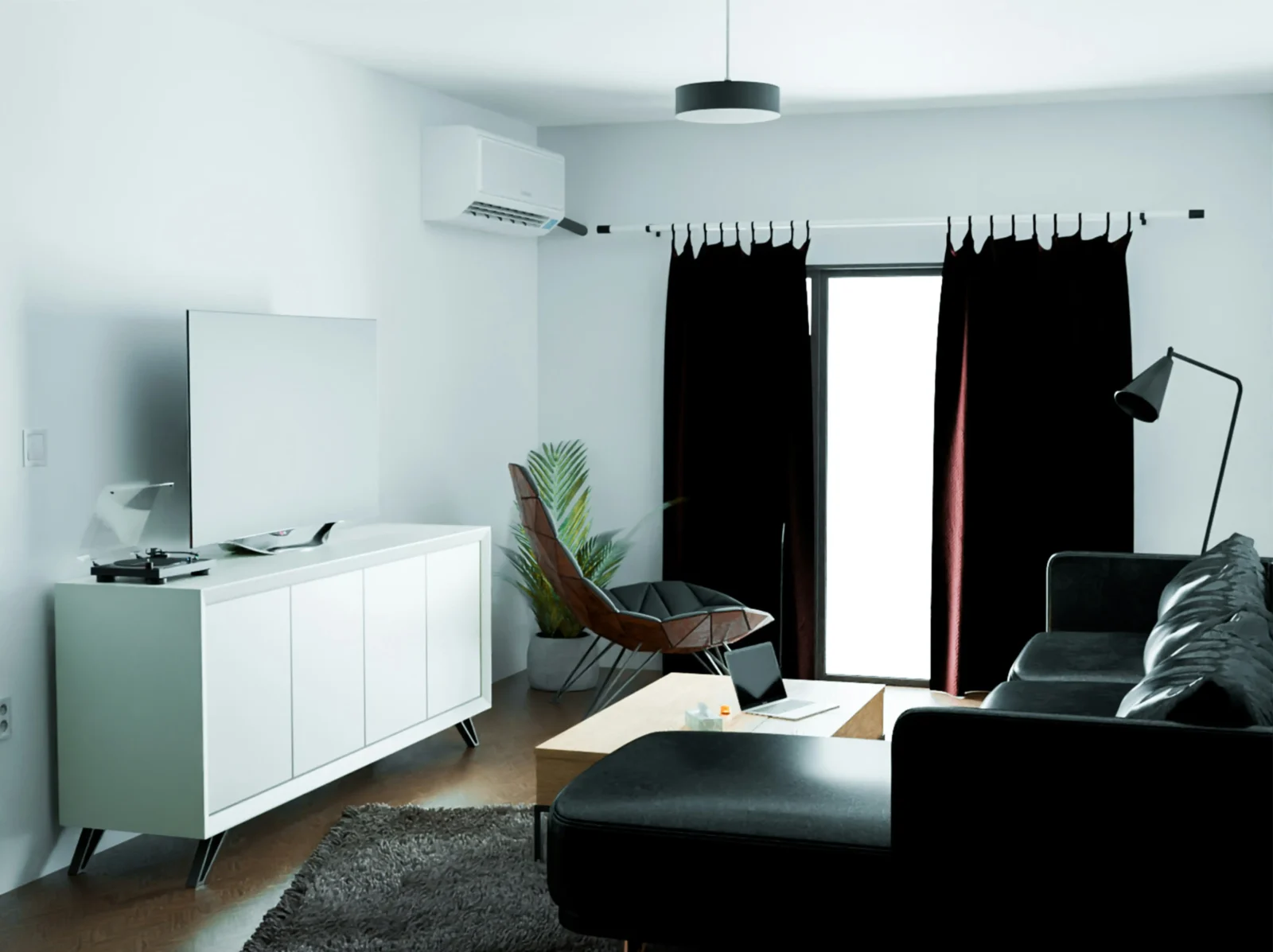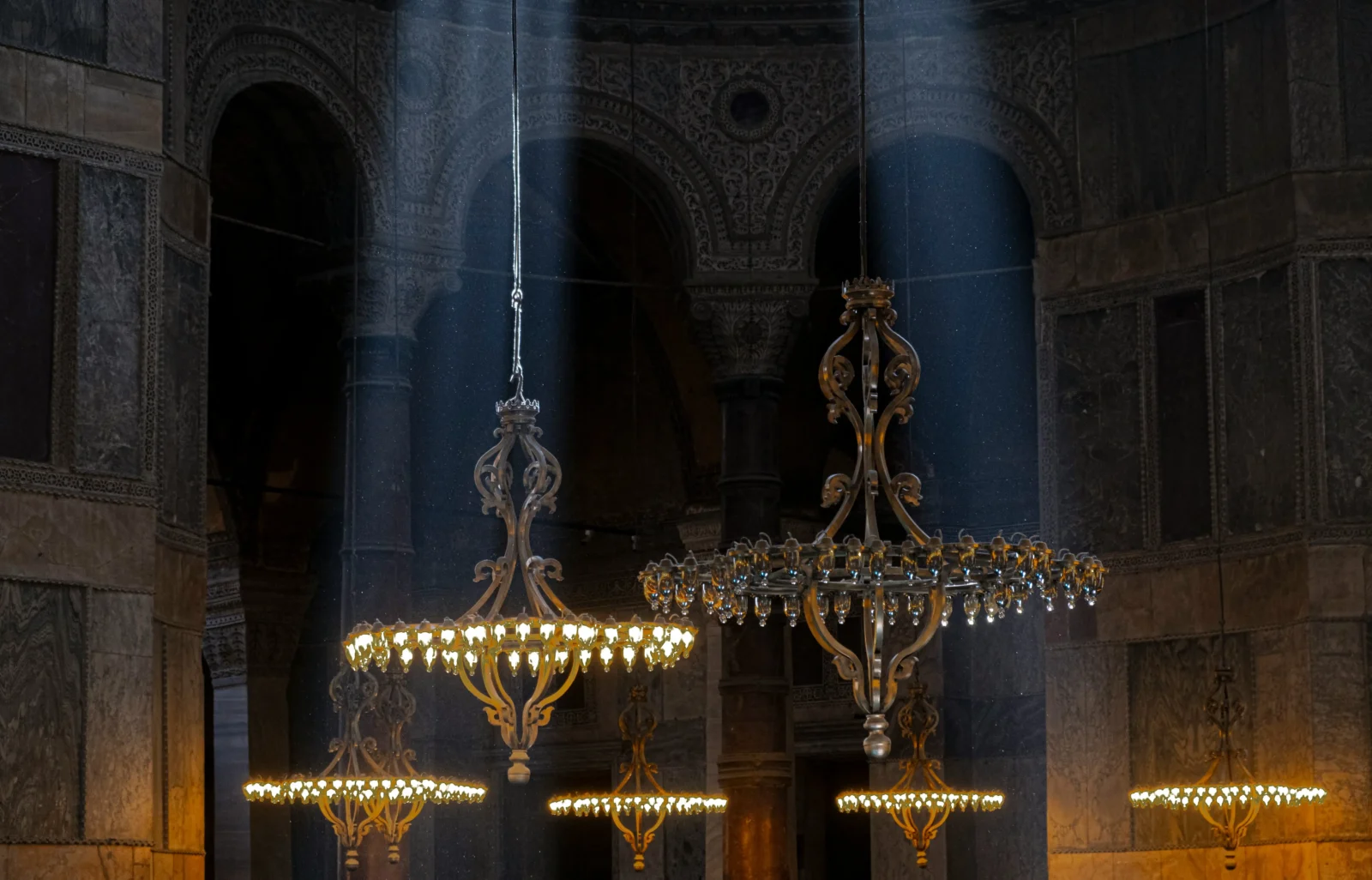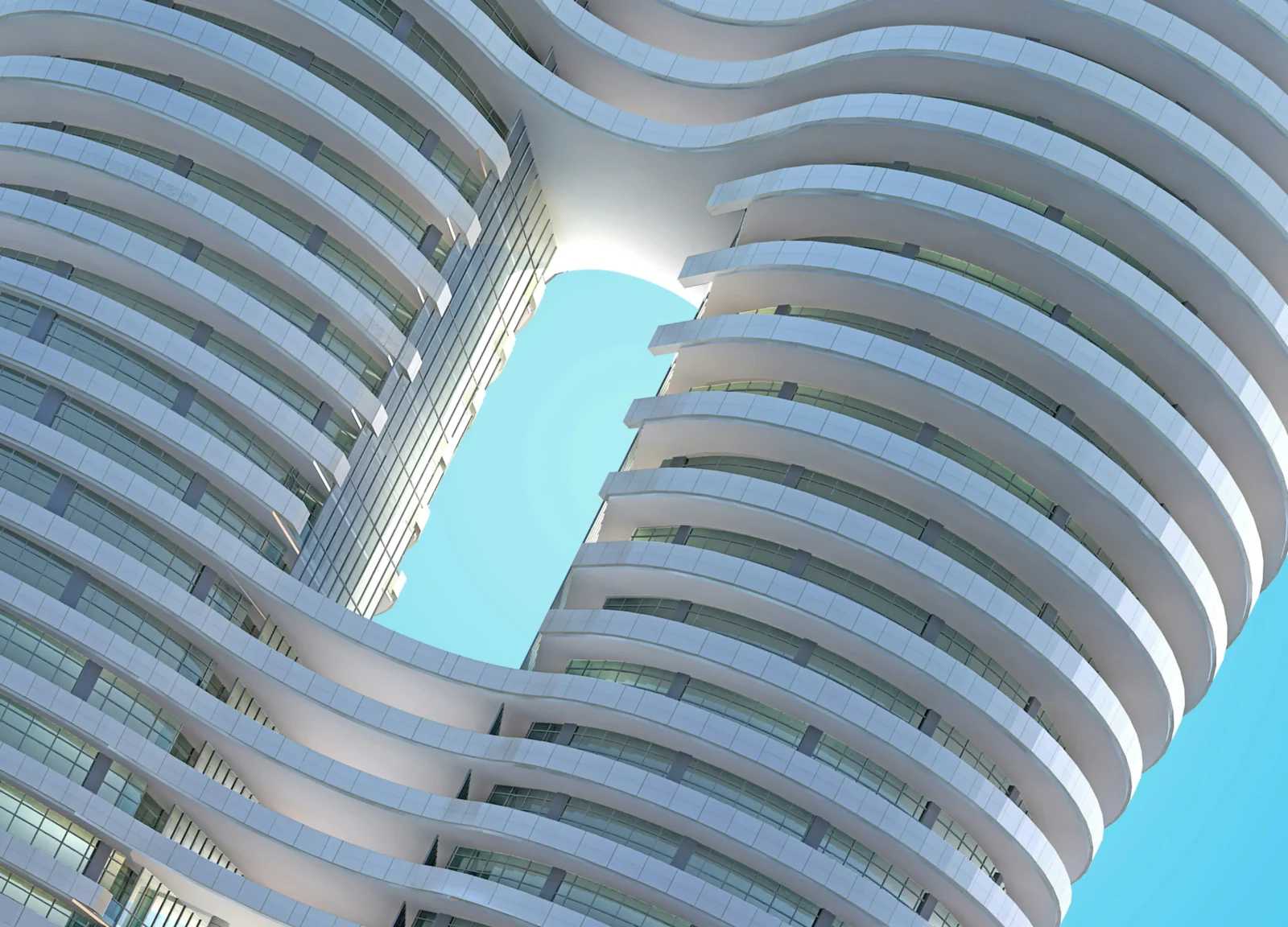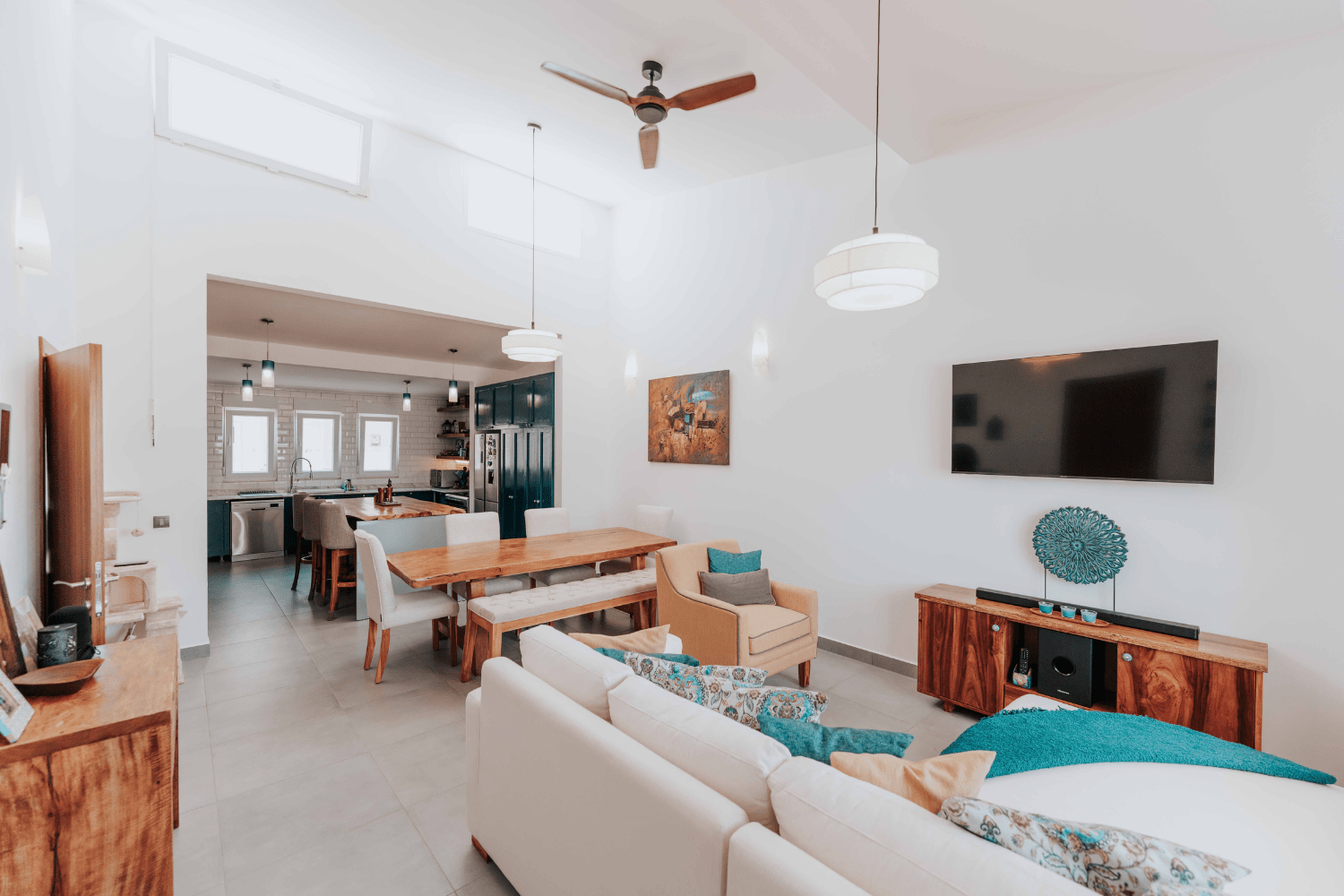- Home
- Articles
- Architectural Portfolio
- Architectral Presentation
- Inspirational Stories
- Architecture News
- Visualization
- BIM Industry
- Facade Design
- Parametric Design
- Career
- Landscape Architecture
- Construction
- Artificial Intelligence
- Sketching
- Design Softwares
- Diagrams
- Writing
- Architectural Tips
- Sustainability
- Courses
- Concept
- Technology
- History & Heritage
- Future of Architecture
- Guides & How-To
- Art & Culture
- Projects
- Interior Design
- Competitions
- Jobs
- Store
- Tools
- More
- Home
- Articles
- Architectural Portfolio
- Architectral Presentation
- Inspirational Stories
- Architecture News
- Visualization
- BIM Industry
- Facade Design
- Parametric Design
- Career
- Landscape Architecture
- Construction
- Artificial Intelligence
- Sketching
- Design Softwares
- Diagrams
- Writing
- Architectural Tips
- Sustainability
- Courses
- Concept
- Technology
- History & Heritage
- Future of Architecture
- Guides & How-To
- Art & Culture
- Projects
- Interior Design
- Competitions
- Jobs
- Store
- Tools
- More
Steps to Create a Cost-Effective Retirement Home in the USA for Financial Peace of Mind
Discover practical steps to create a cost-effective retirement home in the U.S. Learn how to plan strategically, choose affordable locations, design energy-efficient spaces, and use sustainable materials. Balance budget, comfort, and functionality to build a home that suits your lifestyle while minimizing costs for a stress-free retirement.

Planning for retirement is one of the most significant financial decisions we’ll ever make, and creating a cost-effective retirement home is a big part of that journey. With rising living expenses and the need for comfort in our golden years, finding ways to build a home that fits both our lifestyle and budget is crucial. It’s not just about saving money—it’s about making smart choices that ensure a fulfilling and stress-free retirement.
In the U.S., there are countless options for designing a retirement home that balances affordability with quality. From choosing the right location to selecting energy-efficient materials, every step plays a role in keeping costs manageable without sacrificing comfort. Let’s explore practical steps to create a retirement home that’s not only budget-friendly but also tailored to our needs and dreams.

Table of Contents
ToggleUnderstanding The Concept Of A Cost-Effective Retirement Home
A cost-effective retirement home combines affordability with functionality, ensuring that expenses align with a retiree’s financial resources without compromising essential needs. It emphasizes strategic planning to optimize property costs, energy efficiency, and maintenance while maintaining quality living conditions.
Affordability focuses on selecting suitable locations with lower property taxes and utility costs. States like Texas, Florida, and Arizona offer budget-friendly housing options and favorable tax climates for retirees. Prefabricated homes or smaller properties often reduce initial investments.
Design efficiency ensures homes accommodate aging-related needs without excessive customization. Open layouts, single-story designs, and accessible amenities like wider hallways or non-slip floors add value by minimizing future remodeling expenses.
Energy efficiency greatly impacts long-term affordability. Integrating features like solar panels, smart thermostats, and insulated windows decreases utility bills. Energy-efficient installations can also qualify for tax credits, reducing expenses further. Energy efficiency greatly impacts long-term affordability. Integrating features like solar panels, smart thermostats, and insulated windows decreases utility bills. Energy-efficient installations can also qualify for tax credits, reducing expenses further. To further support energy-saving efforts and lower electricity consumption, tools like Business Energy Comparison can help identify the most efficient energy plans tailored to your needs.
Maintenance simplicity minimizes ongoing costs. Durable materials like vinyl siding, composite roofing, and low-maintenance landscaping limit repair needs. Selecting designs requiring minimal upkeep ensures homes remain affordable over time.
Combining these aspects shapes a cost-effective retirement home tailored to diverse needs while prioritizing financial sustainability. Practical decisions contribute significantly to retirees’ overall comfort and peace of mind.
Planning Your Retirement Home
Designing a retirement home involves carefully considering personal needs, financial limits, and long-term goals. Thoughtful planning helps balance affordability, functionality, and comfort while ensuring the home supports our retirement lifestyle.

Assessing Your Needs And Budget
Identifying our specific retirement needs and aligning them with our budget is essential before proceeding. We prioritize factors like property size, accessibility, and long-term livability. For example, single-story designs and wider doorways improve accessibility. Evaluating monthly income, savings, and potential healthcare costs allows us to define a realistic spending range, ensuring there’s no financial strain. Including room for unforeseen expenses is also essential for stability.
Choosing The Right Location In The USA
Location significantly impacts both affordability and quality of life. States like Texas, Florida, and Arizona often provide lower property costs, favorable tax conditions, and warmer climates suitable for retirees. We consider proximity to healthcare facilities, public transport, and essential services to enhance daily convenience. Neighborhood safety and local community engagement also play key roles in fostering a comfortable and connected lifestyle.
Legal And Financial Considerations
Understanding legal and financial obligations is critical during retirement home planning. We confirm property zoning restrictions, homeowners association (HOA) guidelines, and building permit requirements to avoid complications. Exploring property tax exemptions or deductions available for seniors in specific states reduces ongoing costs. Ensuring wills, trusts, or powers of attorney align with property ownership protects assets and simplifies estate planning. Consulting legal and financial experts helps us navigate these decisions confidently.
Designing A Cost-Effective Home
Creating a cost-effective retirement home requires thoughtful design choices that balance affordability, sustainability, and long-term usability. Strategic material and design options can significantly reduce costs while ensuring comfort and practicality.

Sustainable And Affordable Materials
Using sustainable and budget-friendly materials minimizes construction expenses and long-term maintenance costs. Bamboo, recycled steel, and reclaimed wood offer durability, eco-friendliness, and cost savings for structures and interiors. Concrete flooring provides a cost-efficient, low-maintenance solution, while insulated panels ensure better energy retention and reduced utility expenses.
Selecting materials with longer lifespans reduces repair costs. Fiber-cement siding, for example, resists weather damage effectively. Opting for composite roofing materials extends durability and lowers replacement needs.
Energy-Efficient Design Options
Incorporating energy-efficient design features reduces monthly utility expenses. Installing double-pane windows and proper insulation enhances thermal efficiency. Solar panels deliver renewable energy, decreasing reliance on grid electricity over time. A smart thermostat allows precise climate control, optimizing heating and cooling system energy use.
Maximizing natural light with larger windows saves on lighting costs. Appliances labeled with ENERGY STAR ratings conserve energy and lower operational costs. Geothermal heating systems, although an upfront investment, yield long-term savings through reduced energy consumption.
Building Your Retirement Home
Constructing a cost-effective retirement home involves strategic planning and careful execution. By focusing on reliable contractors and efficient cost management, we ensure affordability without sacrificing comfort or quality.

Finding Reliable Contractors
Choosing reputable contractors is essential for minimizing risks and ensuring quality. We recommend researching online reviews, obtaining references from previous clients, and verifying licenses through state databases. Platforms like Angi or the Better Business Bureau often provide detailed contractor ratings. Ensure consistent communication with prospective contractors to discuss your retirement home’s requirements, including accessibility features and energy-efficient designs. Request multiple bids to compare pricing and services before committing.
Managing Construction Costs
Controlling construction costs requires a detailed budget aligned with your financial resources. Start by prioritizing essential features, such as single-story layouts and accessible fixtures, to accommodate future needs. We suggest sourcing materials like recycled steel or bamboo, which are both eco-friendly and affordable. Explore bulk purchasing options with suppliers to cut costs on frequently used items, such as flooring or windows.
Pre-approved home designs or modular constructions typically reduce expenses versus custom builds. When feasible, incorporate features like ENERGY STAR-rated appliances and solar panels to limit long-term utility expenditures. Hiring a project manager can streamline oversight, ensuring timelines are met and avoiding potential cost overruns. Additionally, retain detailed invoices to track expenditures accurately and avoid hidden fees.
Enhancing Cost Efficiency After Construction
Efficient post-construction decisions significantly impact a retirement home’s affordability. By adopting practical strategies, retirees can manage costs while maintaining comfort and usability.

Furnishing On A Budget
Selecting cost-effective furniture ensures a functional and comfortable home. Opting for multi-purpose pieces, such as storage ottomans or sofa beds, maximizes space and utility. Refurbished or second-hand furniture from outlets, thrift stores, or estate sales often provides high-quality options at reduced prices. Prioritizing essential items and gradually adding decor helps control initial expenses. Additionally, online platforms like Facebook Marketplace and Craigslist offer discounts on lightly used furniture.
Reducing Long-Term Maintenance Costs
Minimizing future maintenance expenses reduces financial strain over time. Durable materials, like metal roofing and vinyl siding, withstand wear and require less frequent repair. Simple landscaping with native plants reduces water and upkeep demands. Installing energy-efficient systems, such as LED lighting and tankless water heaters, lowers utility costs and maintenance frequency. Regular inspections for potential issues, like plumbing leaks or roof damage, prevent costly repairs by addressing problems early.
Conclusion
Developing a cost-effective retirement home in the U.S. involves strategic planning, thoughtful design, and practical execution. By carefully assessing personal needs, financial limits, and long-term goals, we can create a retirement space tailored to our lifestyle while remaining financially sustainable. Selecting the right location, such as states with lower taxes like Texas or Florida, and prioritizing energy-efficient features like solar panels and smart appliances helps reduce ongoing expenses. Incorporating durable materials and simple landscaping further minimizes maintenance costs over time.
Utilizing budget-friendly strategies during construction, including sourcing affordable materials and considering modular designs, maximizes cost efficiency. Identifying reliable contractors and managing projects closely ensures expenses stay within budget. After construction, choosing functional furniture and focusing on energy-saving systems enhances economic sustainability. By integrating these approaches, we can design a retirement home that blends affordability, comfort, and long-term usability, ensuring a peaceful and fulfilling retirement.
- affordable retirement house designs
- contemporary senior housing designs
- cutting-edge retirement home features
- luxury retirement home designs
- modern retirement floor plans
- modern senior living communities
- open concept senior living
- retirement home design trends
- retirement housing solutions USA
- small retirement house ideas
- smart retirement home technology
- sustainable retirement housing
- USA senior living communities
Submit your architectural projects
Follow these steps for submission your project. Submission FormLatest Posts
Coloring Your Year: Using Traditional Lunar New Year Hues to Transform Your Apartment Décor
Lunar New Year always brings a burst of color and energy, making...
Chandelier Light vs Ceiling Lights: Which Decorative Lighting Works Best for UAE Homes in Winter?
Winter in the UAE doesn’t arrive loudly. It doesn’t announce itself with...
Marketing for Architects: How Firms Are Getting More Clients Without Chasing Leads
Architectural marketing has changed in important ways. Referrals and reputation still matter,...
8 Innovative Apartment Design Ideas from the USA
Apartment design in the United States is rapidly evolving, with architects and...












Leave a comment